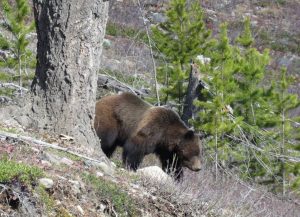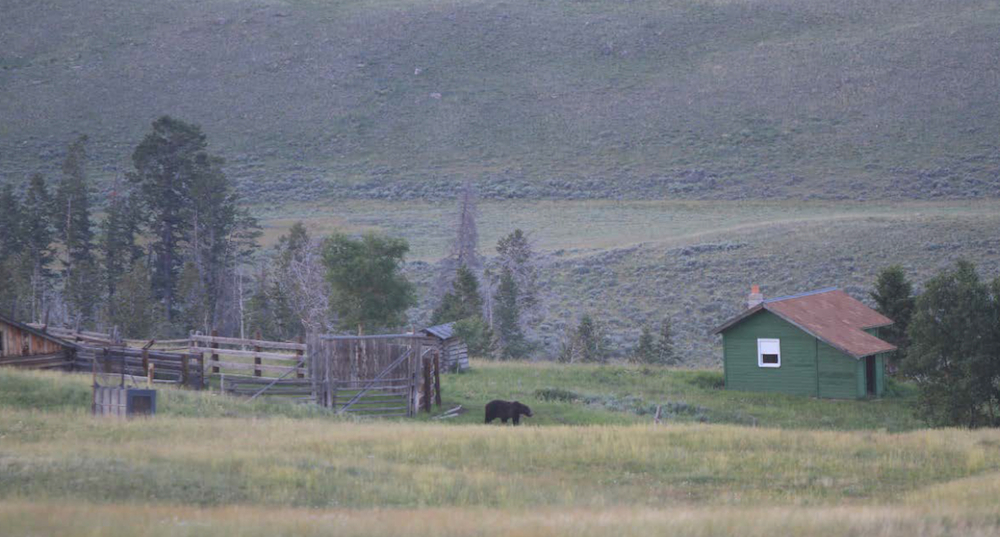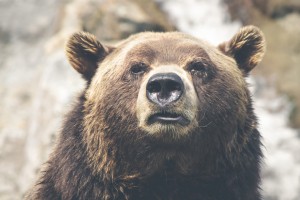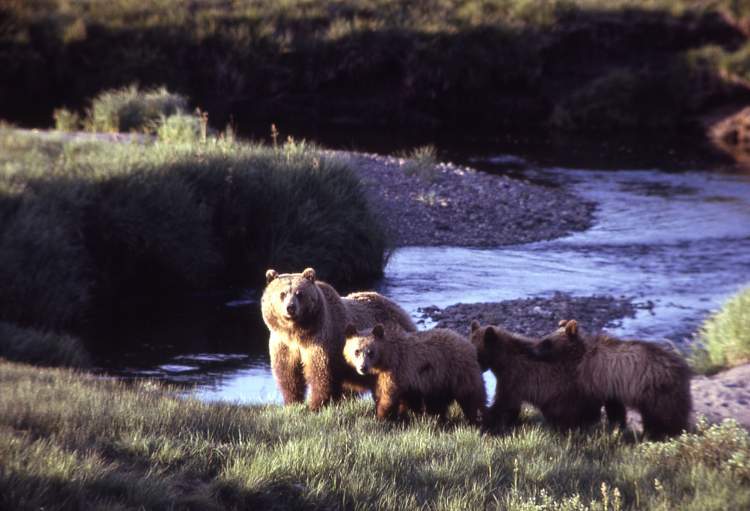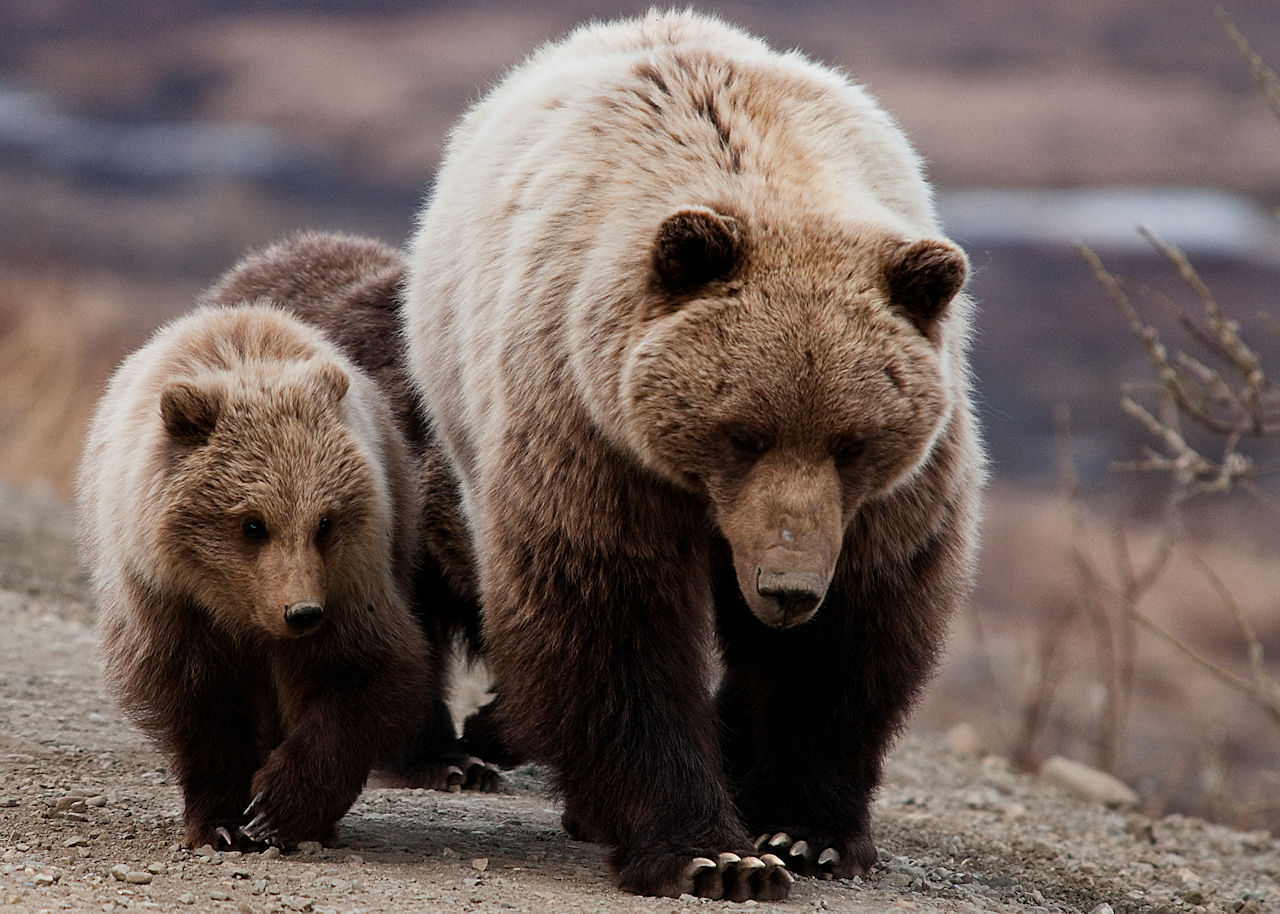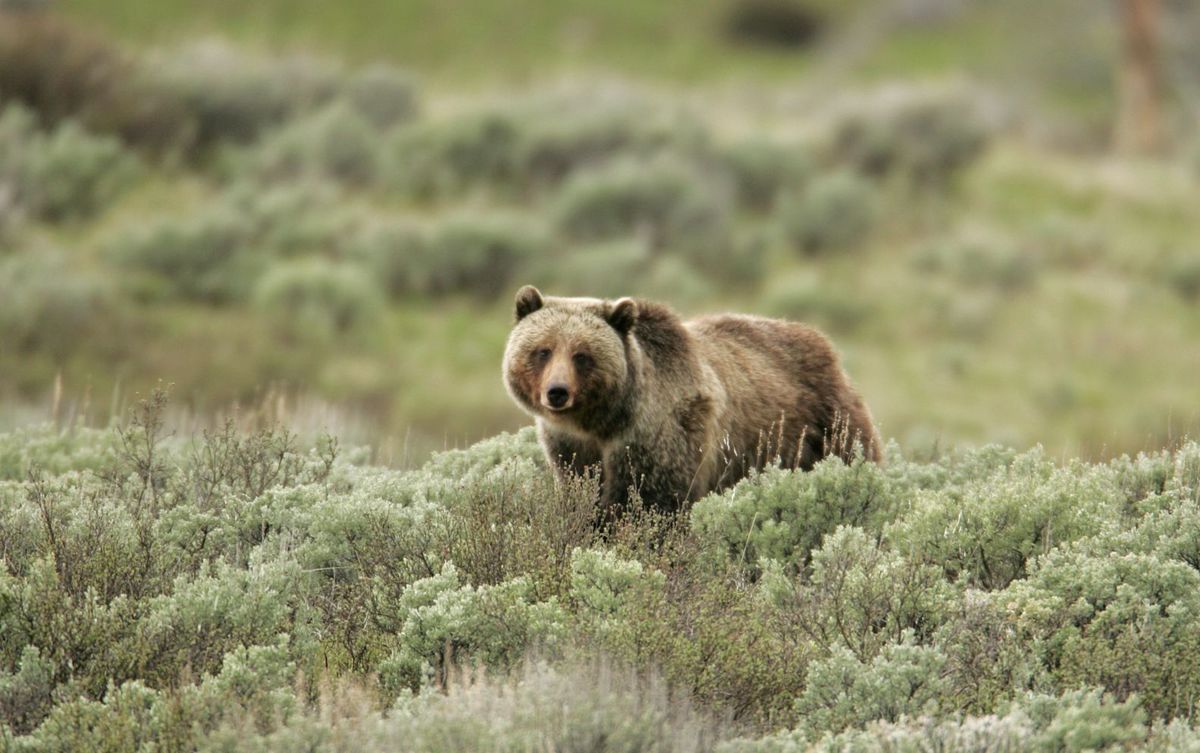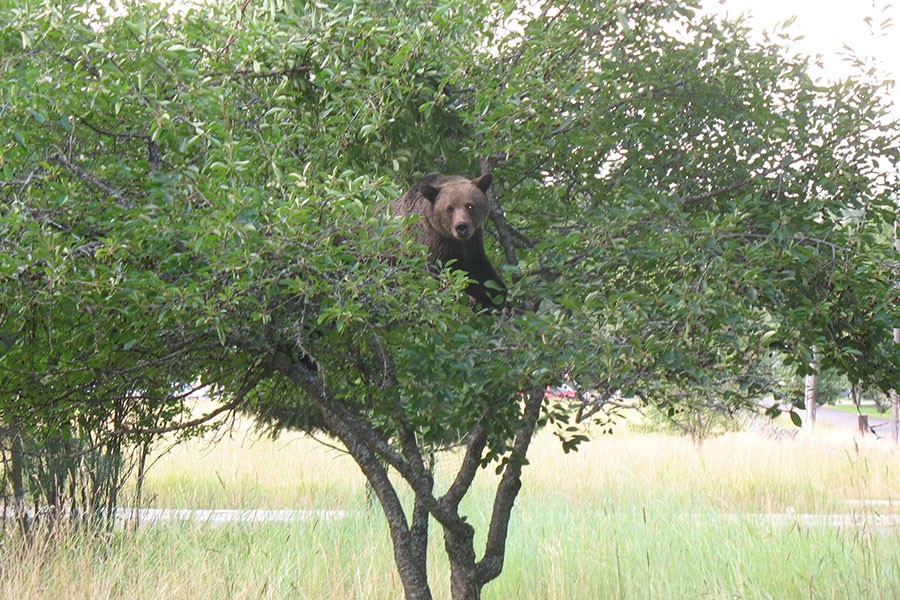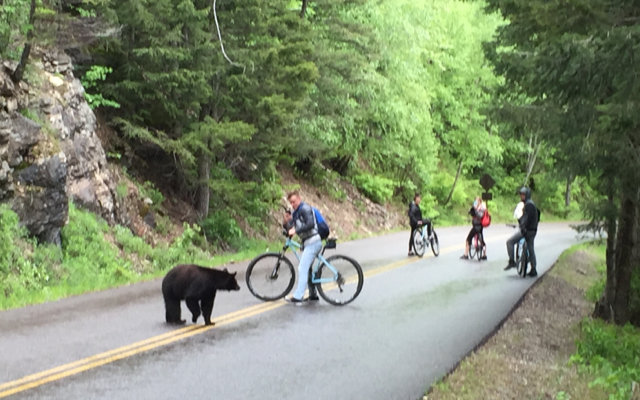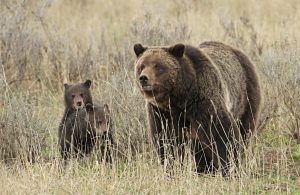
Kudos to Debo Powers for spotting this piece in the Bozeman Daily Chronicle . . .
Wildlife managers will talk this week about preventing run-ins between grizzly bears and humans, a discussion that comes after environmental groups pushed officials to reconsider a decade-old report that lined out measures meant to reduce those conflicts.
The Yellowstone Ecosystem Subcommittee of the Interagency Grizzly Bear Committee, meeting in Bozeman on Wednesday and Thursday, will consider grizzly bear death trends and the effectiveness of efforts to avoid people-grizzly conflicts that often end with bears being killed by government officials.
It will be the first time the panel of state and federal government officials from Idaho, Wyoming and Montana has met since a coalition of six environmental groups urged it to reconsider a 2009 report that included a few dozen recommendations to prevent those encounters.
